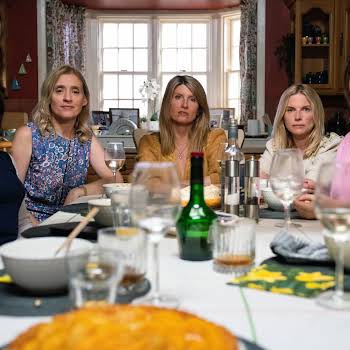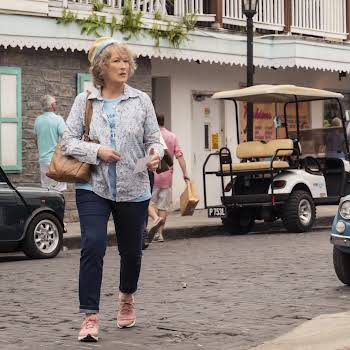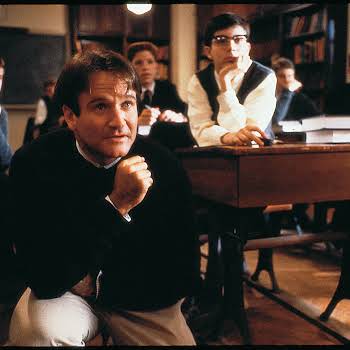
By Jennifer McShane
30th Mar 2019
30th Mar 2019
The following article contains spoilers from the Grey’s Anatomy episode ‘Silent All These Years’ with references to rape and sexual violence. If you have been affected by sexual violence please contact the Dublin Rape Crisis Centre
According to showrunner Krista Vernoff and writer Elisabeth Finch, the powerful hour of television hour, which features a scene in which a rape kit – or a sexual assault forensic evidence kit – is administered, was inspired by Christine Blasey Ford’s testimony against Supreme Court Justice Brett Kavanaugh. It is considered groundbreaking, offering an unflinching insight into consent and the after-effects of assault, of which we’ve never seen on the small screen before now.
Episode origins
The episode is, according to The Hollywood Reporter (THR), a rare Grey’s instalment that is driven first by an issue and not by character development, which came together after star Camilla Luddington initially contacted Vernoff the day of the emotive Kavanaugh hearings and suggested that her character, Jo, be the product of rape. The episode proceeded slightly differently, butVernoff said that Ford’s testimony was also something that never left her mind:
“I felt that through my whole body — the way a lot of women did. She got up and told her truth and a lot of pundits questioned whether she knew what she was talking about or if she could be believed or remember the face of someone who attacked her years ago. I felt that the most damaging thing that happened in all that is that young women and men everywhere were told that consent was irrelevant.”
It makes sense then, that only one of the episodes’ memorable moments is when the “talk” about consent between Ben (Jason George) and his stepson, Tuck (BJ Tanner) occurs. Then, the scenes ensure that the sexual assault victim Abby (played by Khalilah Joi) retains her agency by ensuring she gives her consent at every stage of the invasive rape kit procedure: every single time she is asked if she is ready, she says “yes” loudly and clearly.

Related: ‘I’ve been sexually assaulted four times. It’s not fine. It never was’
Vernoff explained to The Hollywood Reporter that such difficult yet necessary scenes were never going to be easy viewing and the ABC network – who broadcasts the series – initially rejected many as they were written – in particular, the detailed depictions of precisely how a rape kit is administered. They insisted that broadcasting standards asked, among other things, that no “fluid” be shown on “the Q-tips.”
Grey’s creator Shonda Rhimes, though, was unhappy with this, and penned a “pretty passionate response” to the network explaining the importance of the episode.
“She said, ‘Respectfully, I decline these notes’, that ultimately ABC understood that she was right. I really give them credit that they came back and said, ‘You’re right. You can proceed as scripted.’”
Support and solidarity
In what was a rare and surprising decision, Standards and Practices reversed its stance — and even saw the executive who flagged the scenes in the first place actually join the women who lined a hallway in support of Abby who had to have surgery after the attack.
It’s an incredible moment; women form a wall down the hospital’s long corridors – which also featured many female Grey’s writers and Rhimes executives – in a show of solidarity and support which as you’ll see below, was so moving to watch.
Writer Finch said of the episode:
“It wasn’t a matter of being told no. I kept seeing this army of women and kept saying that it was a race against time because they knew that there was something wrong that they had to fix surgically but in order to do that, they’d wipe away all the evidence.”
“I hope viewers walk away with a greater understanding of what consent means — and a deeper understanding of how many different ways rape can impact not only the survivor but the generations that follow,” added Vernoff.
Main photograph: @NewsyChronicles























